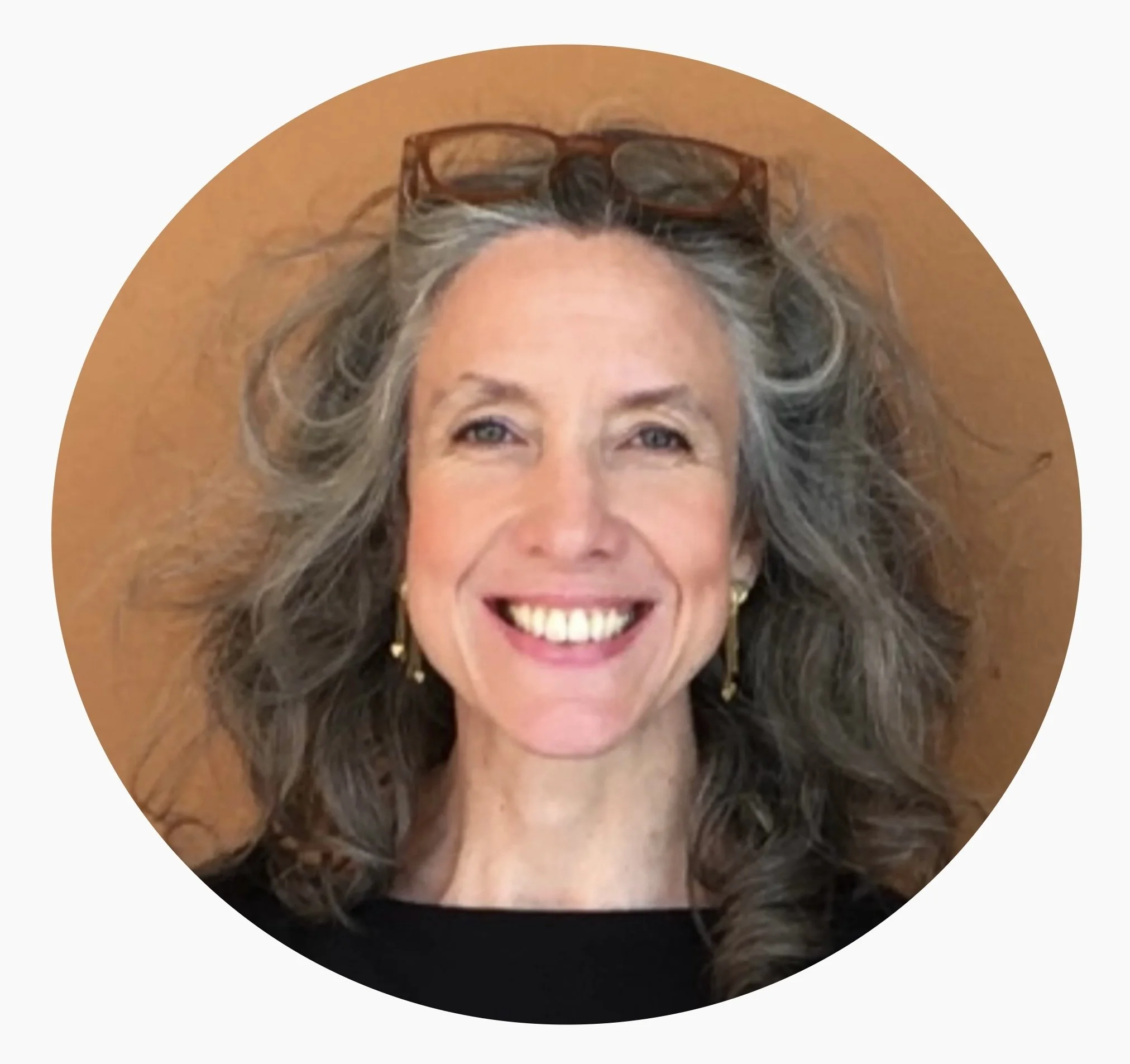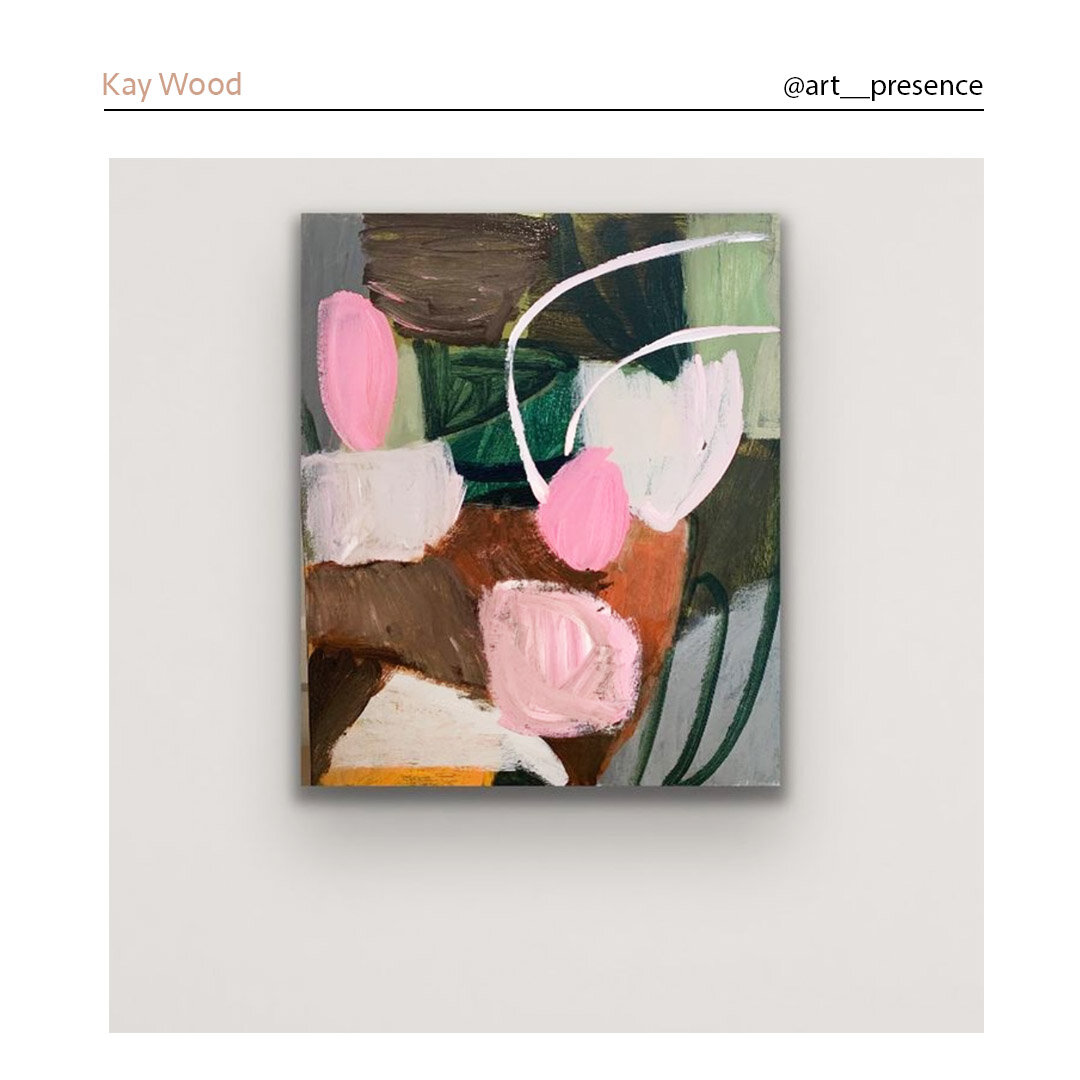Kay Wood
Which 3 words best define how you would like your art to be perceived?
INTERESTING is the only one I can think of.
What creative challenge have you faced and overcome that has transformed your art practice?
My biggest hurdle was returning to Perth from Sydney in 2005 to be faced with the closure of six contemporary commercial galleries (including the one I was with) by 2007. At this point I felt I would never show again and so there was no point in making lots of work. I redirected my energy into writing a book, but I also investigated not ‘what’ to paint but ‘why’.
To discover if my practice could tell me anything, I painted one small item from my cupboards or garden every day as well as rectangles of colour, no drawings, no plan, each colour calling the other forth. This simply daily habit of sketchy still-lives with hardly any detail and rectangle paintings made me aware of the importance of staying present to the work, here and now, to keep making and let the future and its reception of the work (if there is to be any) take care of itself. The other thing that helped overcome the isolation was to finally give in to my social media phobia and go on Instagram in 2017. My world opened up and so did my practice but the lesson of remaining grounded in everyday process and materials is always with me.
What tools do you use as part of the preliminary stages of your process?
I have a large collection of scrapbooks that contain all kinds of visual influences, and they can often provide a stimulus. I also do lots of research on the history of contemporary abstraction, especially postminimalism.
However, the key thing for me is to actually start moving paint around, with or without a specific intention or idea. For me colour is content and colour is always floating around in the back of my mind – maybe it was something I saw that day, something in the street or floating past on Instagram, or some information about another artist’s use of colour - whatever, it gets in my head and insists upon being expressed and that is the jump start to new work.
How do you usually start an art session – any habits or rituals?
Well, I never actually go to the studio thinking ‘now I have to work’ – it’s best for me if I let my subconscious tell me when something needs to come out. This is why I always work better at home. I can be in the middle of doing something and suddenly I drop that, go into the studio, mix up paint and start covering anything that is lying around – canvases, bits of wood, boards. At this point there is no individual ‘work’ planned - just disgorging across many surfaces. Then I turn most to the wall, keep a few and begin to develop them. On subsequent days, I will just go into the studio to look at the WIPS to see if they are ready to be worked on further. It’s a variable kind of approach.
How do you deal with any doubts and fears?
Jump in the deep end and just start working before I begin anticipating the outcome. There are some very successful and worthwhile contemporary painters whose work is still disparaged as ‘not meaning anything’ by critics and other disseminators of judgement. So, to keep fears about reception at bay I find I simply have to keep making without looking outwards. At the end of the day the work will find its place and I don’t think you can force that by conforming to expectations because you are afraid what you do will not be received well. You have to take other people out of the picture in the making process because you cannot control everything.
With what intentions do you infuse your art making?
I would say that staying in the present moment and paying full attention to the material process is key so that the work can breathe and establish itself. And, to respect that the process of making will itself be revelatory, if you let it, and if you don’t smother it with ideas, before, during and afterwards.
Where do you draw your colour inspiration from?
My favourite artists like Jessica Stockholder, Thomas Nozkowski, Al Taylor, Gunther Forg and Amy Sillman.
What brilliant piece of advice were you given on your creative journey and would be happy to share?
Not said to me directly but, Guy Warren (one of our esteemed Australian painters ) gave this advice to artists : ‘there are no rules’ and ‘once you start copying yourself you die’. Also Neill Clements @neill_clements – ‘keep generating content regardless of demand.’
What is something absurd that you love doing?
When I was younger my mother used to retrieve my failed paintings from the bin and display them in the house, so I began giving my failures a big black cross to stop mum doing that. It also felt good as I could really take my frustration out on the work (that is the absurd bit). Every now and then I feel compelled to paint a cross with love, as a work itself, instead of an expression of unhappiness with a painting.
What do you like about your work?
I remain fundamentally engaged with painting but recently I have picked up materials I last used fifteen years ago and absorbed them back into my painting process. The way I work, with abstraction and the moving around and combining of certain materials and significant colours from my childhood, enables me to establish alternative readings of the structural narrative of my life. The deployment of abstraction in this process is the liberating of the creative subconscious and letting things that are not overtly in the ‘story’ to speak their name.
This way of working also keeps the creative process liberated from having to conform with a preconceived idea of an object or a picture. I like letting a line wander off the edges, on its own tangent, maybe without a final destination. I am loving using expanding foam again, a baroque and excessive material, its behaviour reminiscent of what happens when things get bottled up. I like stitching things up and battling with things fraying or coming apart at the seams and also the satisfaction of creating a solid little dot-like clump of paint or stitches to provide a resting point, just as I have to stop the foam expanding at some point. Nothing is ever really finished or stopped though - my works are just pauses in a continuum of making.
What do you dislike about your work?
It can be pretty rough around the edges – that is usually due to my impatience, but also because I make myself leave things feeling a bit unfinished. Paradoxically the thing one part of me doesn’t like about it is the very thing that another part of me keeps in the work, so that it isn’t a perfectly finished product.
What do you tell yourself to keep out of procrastination?
I spent many years trying to cultivate that habit – I have the opposite problem – I don’t know when to stop.
























